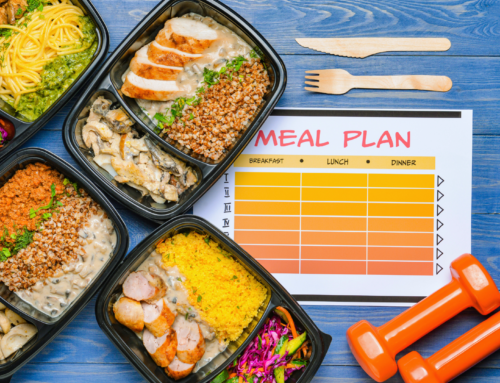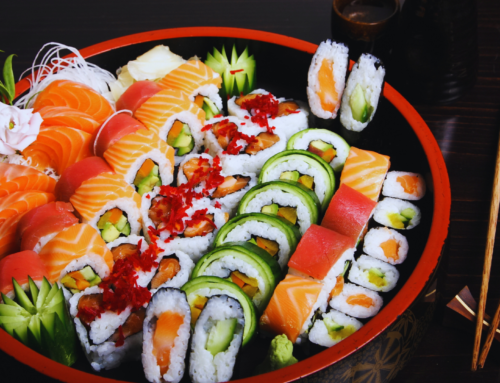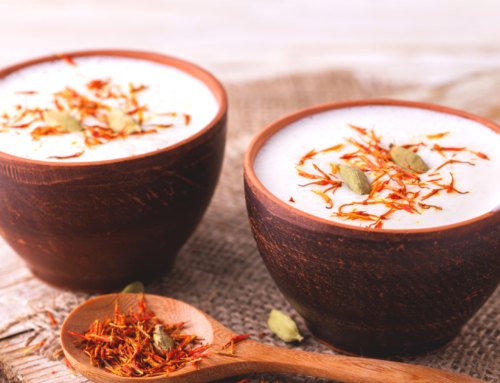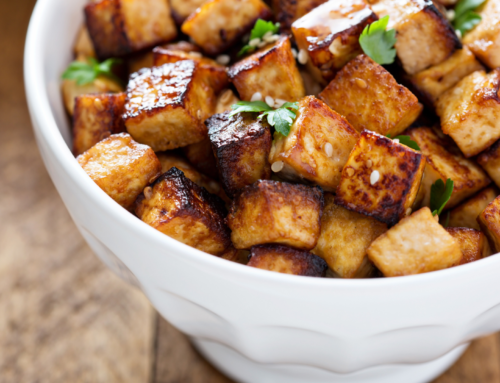Beef is the most consumed meat in the world. It’s delicious, versatile, and can be served in many different ways. When it comes to cooking beef, there are a few things you’ll want to consider before getting started.
Here are five tips to help you make the best of your beef-cooking experience.
Use The Right Cut
When it comes to cooking beef, you’ll want to make sure you use the right cut for your recipe. Depending on the dish, different cuts of beef will work better than others.
Keep in mind that not all cuts of beef are created equal, so choosing one that suits your needs is essential. For example, a boneless sirloin steak may be your best bet if you’re looking for a quick and easy meal. On the other hand, if you want to slow-cook a roast, you’ll want to opt for a tougher cut like a chuck roast.
Check if the Raw Meat is Fresh
Whether it is raw steak, Filet Mignon, or New York Strip, checking if the meat is fresh is essential for both safety and culinary enjoyment. When checking for freshness, several key factors come into play. First, observe the color of the meat, aiming for a vibrant and natural hue. Next, assess the smell; fresh meat should have a neutral, clean odor, while any off-putting or sour smells may indicate spoilage. Additionally, examine the texture, ensuring it is firm to the touch. Any sliminess or tackiness could signal deterioration. Checking the expiration or sell-by date on the packaging is also crucial to confirm that the meat hasn’t surpassed its shelf life. Regular attention to these details guarantees a satisfying and safe culinary experience.
Choose The Right Pan
If you’re cooking beef, you’ll want to make sure you choose the right pan. The type of pan you use can make a big difference in the way your beef cooks. Here are a few things to keep in mind when choosing a pan for cooking beef:
- The size of the pan should be appropriate for the amount of beef you’re cooking. You don’t want to overcrowd the pan, as this will prevent the beef from browning properly.
- The material of the pan is also important. For instance, if you’re looking for a quick sear on your beef, then using a cast iron skillet would be ideal. However, using a Dutch oven would be better suited if you’re looking to slow-cook your beef.
- Finally, consider what you’ll be serving your beef with. If you’re planning on serving it with vegetables, then using a sauté pan would work well. However, if you’re just serving the beef on its own, then any type of frying pan would do.
Marinating Is Key
If you’re looking to add some extra flavor to your beef, marinating is the way to go. Marinating allows the beef to absorb all of the delicious flavors from the marinade, resulting in a more flavorful dish. When marinating, be sure to use a non-reactive container (such as glass or ceramic) and allow the beef to marinate for at least 1 hour, up to 24 hours. For best results, flip the meat halfway through the marinating process.
Moreover, you need to know your seasoning options. Seasoning your beef is a great way to add flavor and depth to your dish. There are endless possibilities when it comes to seasonings, so take some time to experiment and find what you like best.
Avoid Overcooking
If you overcook beef, it will become tough and dry. To avoid this, use a meat thermometer to cook beef to the following internal temperatures:
- Medium rare: 145F
- Medium: 160F
- Well done: 170F
Cooking times will vary depending on the cut of beef and the cooking method used. Use the chart below as a guide for approximate cooking times.
- Beef Roasts: Cook until internal temperature is 10-15F lower than the desired doneness.
- Beef Steaks (thick): 6-10 minutes
- Pan Fried, Oven Broiled, or Grilled: 3-4 minutes per side
- Grilled or Broiled (1 thick): 4-6 minutes per side
- Roasted: 20 minutes per pound
Bonus Tip: Reduce Fat Intake With These Tips
There are a few key things to keep in mind when it comes to reducing fat intake. First, choose lean cuts of beef whenever possible. These include the eye of round, flank steak, and tenderloin. Second, trim away any excess fat before cooking. Third, cook beef using methods that don’t require adding extra fat, such as grilling, broiling, or roasting.
Finally, avoid processed meats like bacon and sausage, which are high in fat and sodium. By following these tips, you can enjoy all the flavors of beef without loading up on unhealthy fats.
Enjoy Cooking Beef with These Tips
When cooking beef and other meat, you want to ensure you get the best results. Hence, there are a few things that you have to take into account to ensure that you will love the outcome of your beef recipe. Keep these tips in mind to enjoy beef cooking.





Leave A Comment